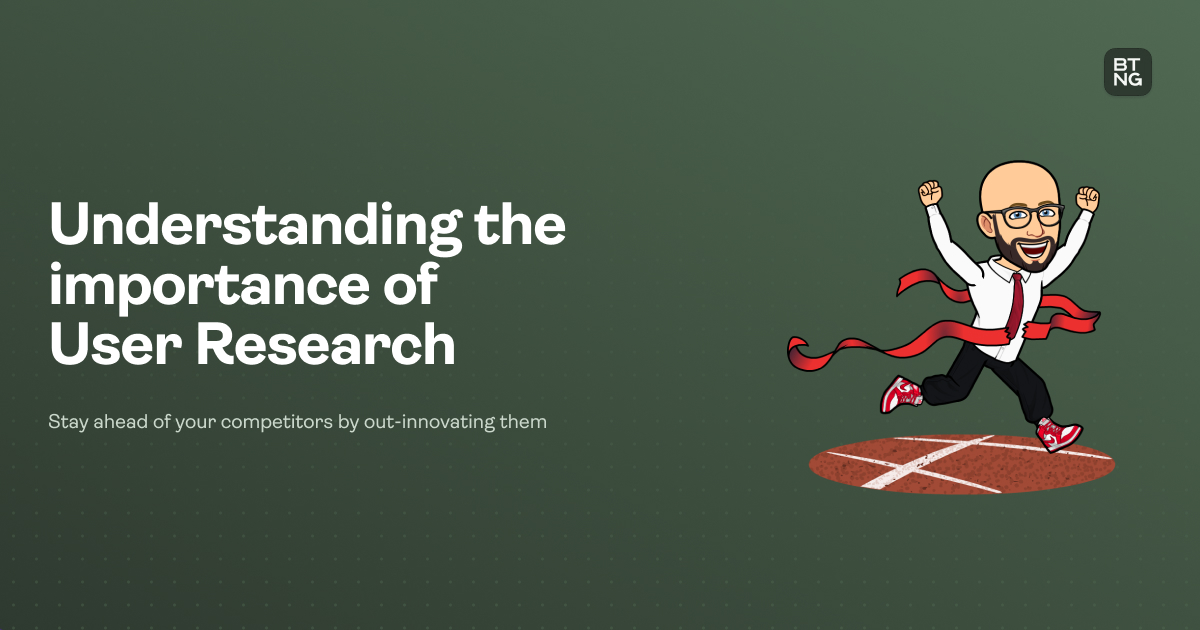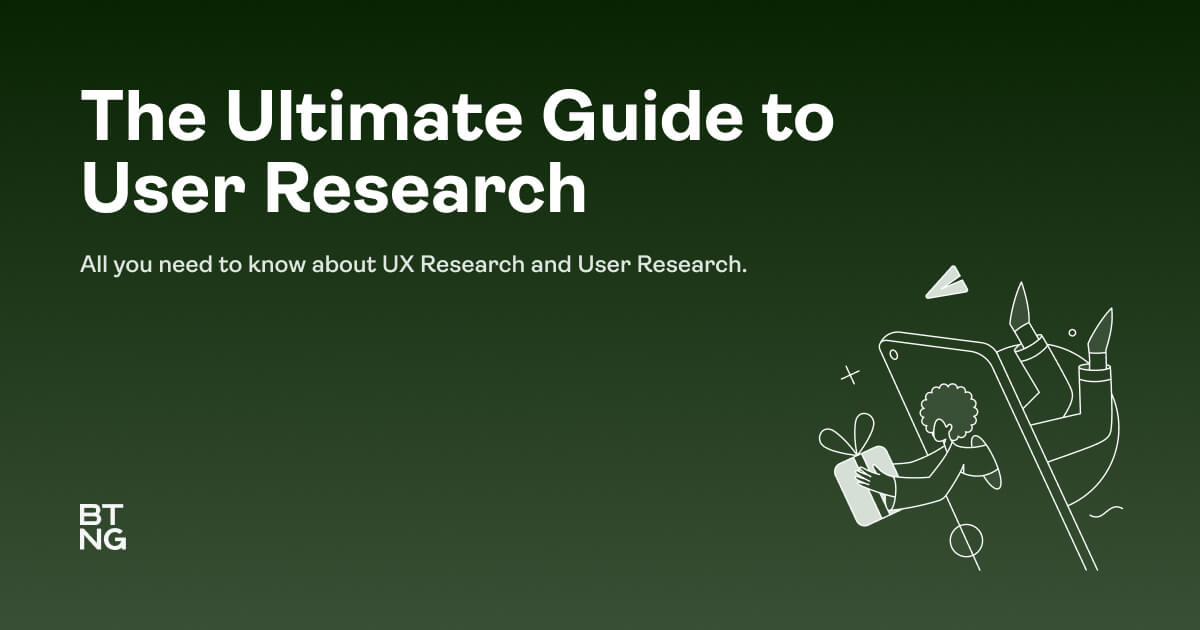Your Guide to Understanding User Research and Its Importance

If you're like most companies, you've realized that user feedback is important. It's the only way to understand how your customers interact with your product and what they want. But where do you start? How do you know which questions to ask? Who should be doing the research? And what happens when you find out that your customers hate your product? In this article, we'll discuss user research and its importance, and we'll tell you about our experience with user research and how it can help your business grow.
Why is user research necessary?
If your goal is to create a top-notch user experience for your product, doing user research is just as important as having a great design or development team. User research is the process of understanding your users and their needs. It helps you learn about your customers and their behaviour to create a product that meets their needs and expectations.
"UX research is no longer optional. We must conduct UX research to ensure we are building the right product for our users." - Jared Spool
User research is necessary because it allows you to understand your customers and their needs. It's the only way to know what they want from your product, how they use it, and what they think of it.
User research is also important because it can help you find out about problems with your product that you didn't even know existed.
By talking to your customers, you may find out that there is a need for a new feature or that your product is too complicated to use.
User research can also help you understand your competition better. By talking to your customers, you may find that they are using a competitor's product because it is easier to use or has a feature you don't have.
How to adopt and implement user research
Understanding the importance of user research is a great first step. But how do you actually adopt user research in your company?
The first step is understanding user research and how it can help your business. You need to be clear about the goals of user research and what you want to learn from it.
Once you clearly understand user research, the next step is to decide who will do the research.
Anyone in the company can do user research, but it's usually best to hire a user researcher or UX researcher. These are people who specialize in user research and have the skills and experience to do it effectively.
If you don't have the budget to hire a user researcher, BTNG offers User Research-as-a-Service for a select group of clients. Feel free to contact us if you'd like to know more about this service. It's something we keep on the down-low.
Where to start with user research?
A great first thing to do is read our Complete Guide to UX Research. After that, let's get you started.
1. Goal setting and problem defining
The best place to start user research is with your product.
Start by asking yourself, "What do I want to learn about my product?"
Your goal should be to understand your users and their needs. Once you know what you want to learn, you can start planning your user research.
2. Planning and conducting research
After you've defined your goals, it's time to start planning your user research.
There are many different ways to conduct user research. The most important thing is to choose a method that will help you answer your research questions.
Some common user research methods include interviews, surveys, focus groups, and user testing.
So pick the type of user research that works best for your goals or defined problem.
Depending on which type you select, you should be able to start planning the research:
- Who would you like to talk to?
- What would you like to ask?
- When would be the best time to conduct the research?
- How will you collect the data?
After you've planned your user research, it's time to start conducting it.
Reach out to the people you'd like to interview. They might already be in your CRM; if not, you'll need to recruit participants.
You can easily do this by setting up a questionnaire form to qualify the potential participants. Generate traffic to that form through targetted Facebook Ads.
That's just one of the ways. For more information, check out our article How to Successfully Recruit Research Participants
3. Analyzing, sharing and socializing research
After collecting a lot of information through different research methods, it is time to analyze and converge all we've discovered.
To explain the different stakeholders you're dealing with, you can create insightful Personas. They help you to socialize your user research findings and make them relatable for everyone.
Next to that, map the process the stakeholder experiences with a Customer Journey Map. This horizontal timeline shows the steps the stakeholders take and how they experience every touchpoint.
And finally, a great user research report helps you convince stakeholders of the need for change and can be used as a tool to get buy-in for new projects. This report should include an overview of the research methods, findings, and recommendations.
How BTNG conducts user research as a service
We help a very select few with our user research as a service in only a few simple steps.
Every quarter we have a kick-off in which we discuss the new goals (OKRs) and formulate questions we need answers to.
This is a combination of How Might We-questions and Can We questions. Tricks from our Design Sprint Workshops!
With that information, we propose 5 BIG impact value questions. Questions that are the most valuable must-answer questions we'll focus on.
Once those are agreed upon, we start by figuring out who we need to talk to, schedule them and conduct our interviews.
Finally, we analyze everything we've learned, create personas and customer journeys and present newly discovered opportunity areas.
Get started
With all this information, you should be able to get started today. So set your goals, determine which research type makes sense, identify your stakeholders, schedule interviews and start analyzing your findings.
Keep in mind: Your organization should use the output of this research in either their goal-setting or prioritization meetings.
Help your customers by getting to know what they need before coming up with an idea or solution.
Related Posts

The importance of User Research

UX Research Methods

What is UX Research

How to generate UX Insights

How to recruit participants


